




"TOMODACHI Toshiba Science and Technology Leadership Academy" was a great success.
TOMODACHI Toshiba Science and Technology Leadership Academy (TOMODACHI Toshiba Academy / TTA) is carried out every year for a period of one week as an international exchange and leadership program intended for Japan and the United States high school students and teachers.
As a TOMODACHI initiative it was introduced as an earthquake reconstruction assistance, in the initiative, technology and Toshiba Corporation to tackle eager to financial support and science and technology education in the innovation field, Foundation US-Japan Council Japan (US-JAPAN COUNCIL) is sponsored by doing. BeGood Cafe is in charge of operational and logistics part of this program.
This year the program took place between August 4th to 11th 2015. US and Japanese participants were together for 8 days and worked together to develop a disaster resilient, smart community for the future. Participants were high school students and teachers from the U.S and Japan. They were divided into teams consisting of both countries and they carried out most of the activities together which included Toshiba future Science Museum and Toshiba Smart House visit. Based on the knowledge gathered through these visits as well as disaster prevention lectures given at Sky tree tower, they learnt ,discussed and recommended hands-on solutions to solve problems.
In addition, this program adopted "STEM" education.
The STEM education, science (Science), technology (Technology), Engineering (Engineering), is an educational system which emphases on mathematics (Mathematics). This program also uses a "Training-Type“ of teaching method which focuses on "Hands-On“ approach.

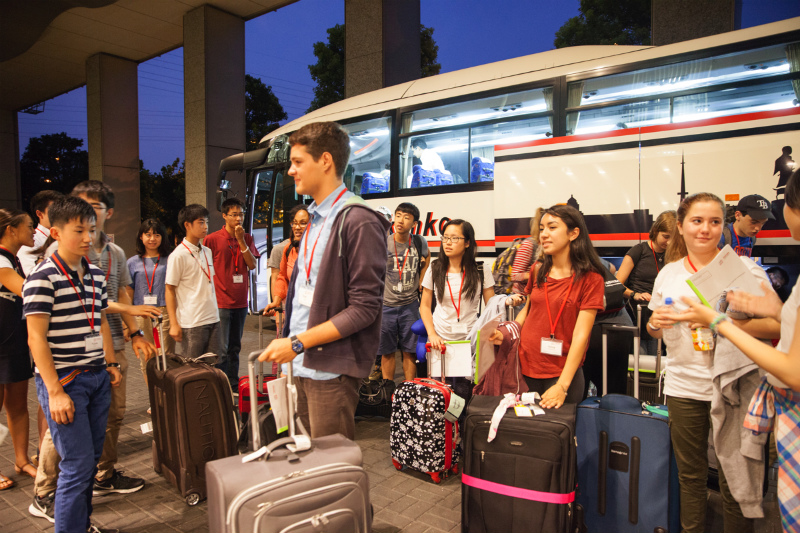
August 4, was the first day of the TTA which was carried on for eight days. At the main facility, "X-Wave Fuchu" where is located at east side of Tokyo, Japan where the Japanese participants were present and welcomed the U.S participants.
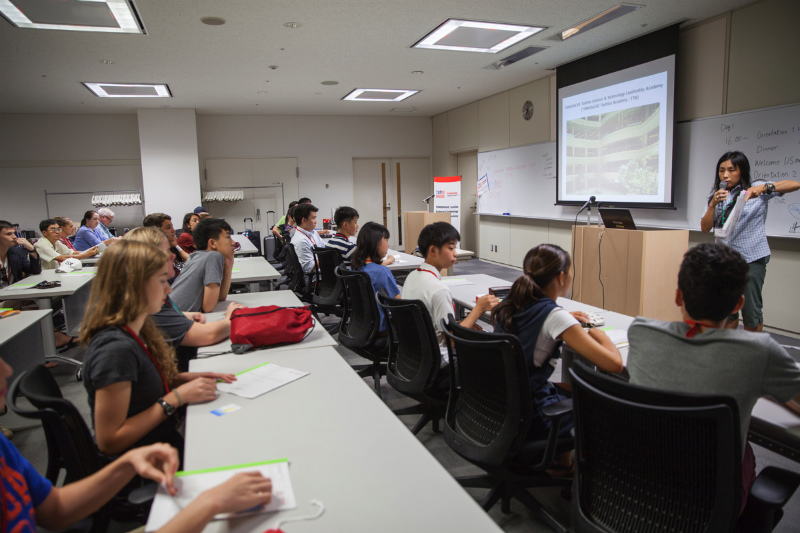
The students were then given a short orientation of the facility, as well as their accommodation rooms and roommates. This time the rooms were twin rooms with Japanese and one United States in each.
Then they were to go to bed and prepare for the program which would commence the following day.

This program was not only intended for students but also the U.S and Japanese teachers worked together and learnt in addition to supporting the students.
Helen and Patrick as the facilitators of the program also facilitated "Teachers program" throughout the period. On the first day of TTA a "Teachers program" was held to familiarize Teachers with one another and introduce their roles as participants of the program.

This year there were two facilitators of the TTA program. Helen (to the right) and Patrick (to the left).
Both are teachers, Helen is a teacher of history for over 20 years and Patrick is a well skilled Teacher teaching for over 35 years now.
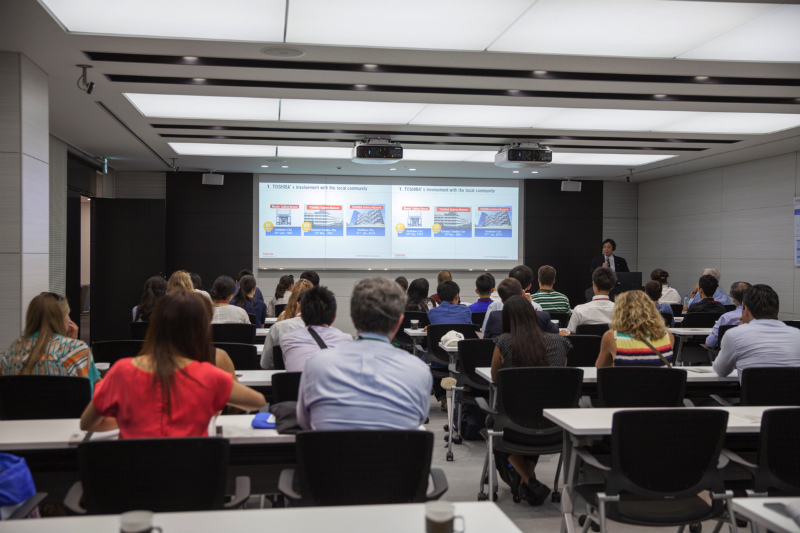
This year’s opening ceremony was held at Toshiba Fuchu complex which was a short walk from the main facility "X-Wave Fuchu" about 10 minutes walking distance. Each participant introduced him/herself and an orientation was held to introduce an overview of the program.
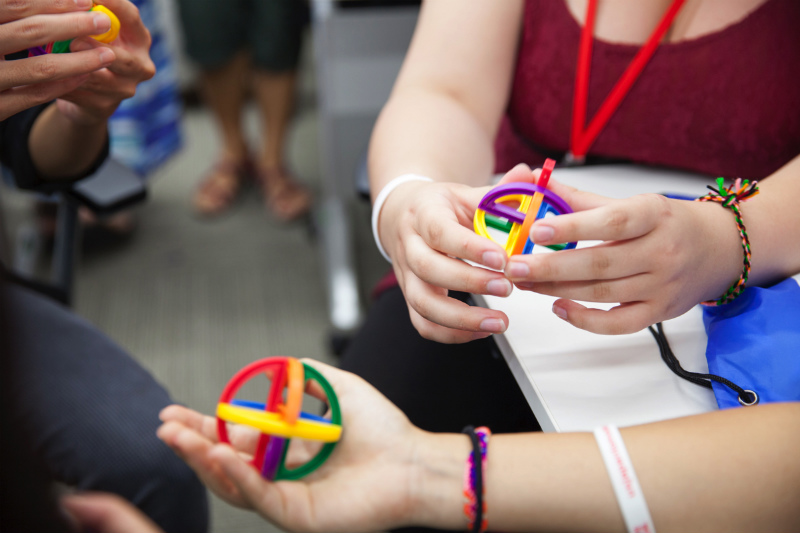

As it was the first official day of the program and for the participants, ice-breaking games were held to help students get better acquainted with one another. Different puzzles were given to each group and had to figure out how to make and unmake them. Other games were also played such as business card exchange.

A group photo of the opening ceremony was taken in front of the Toshiba Fuchu complex.


After the opening ceremony the participants were taken by bus to the "Toshiba Science Museum."
Where the got to experience the past-present-future of technology in a special tour.
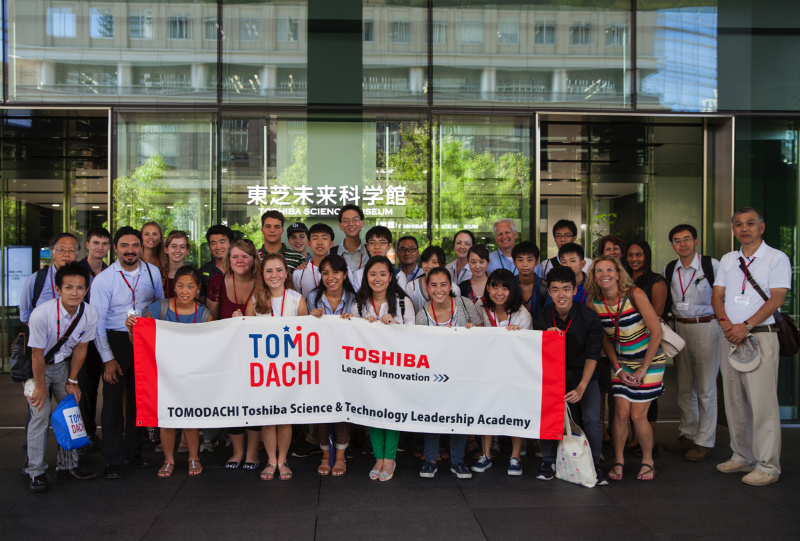
After the tour all participants returned to the main facility, students were divided into four groups.
It was well divided and an effective method done by Helen & Patrick.
As mentioned previously this program was designed based on the "STEM" education. And as part of it the "Engineering Design Process" was introduced to the participants.
“Engineering Design Process” (EDP) has to do with creating new products, project or problem solutions through the use of a series of programmatic steps that are designed to carry an idea from conception through to completion in an organized manner.

The first group work directed to the students was "What is the engineering design process? They had to answer the question with a design. They used stick notes for the design of their “Engineering Design Process”.
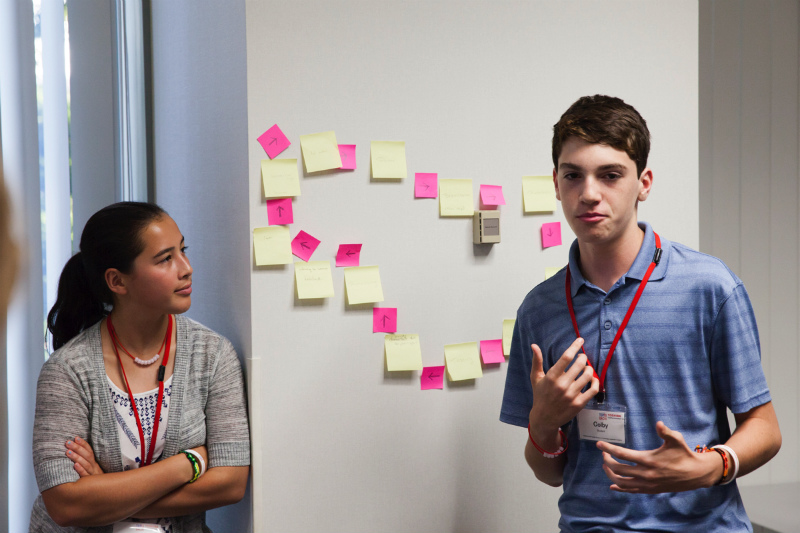

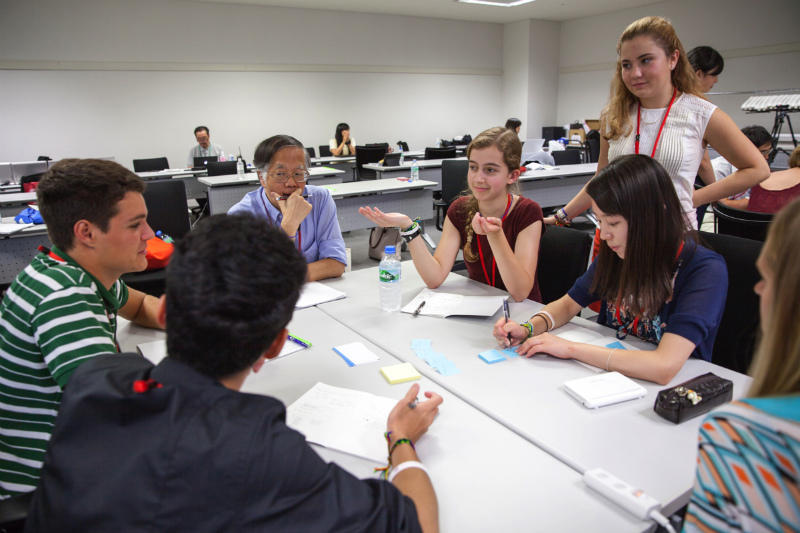
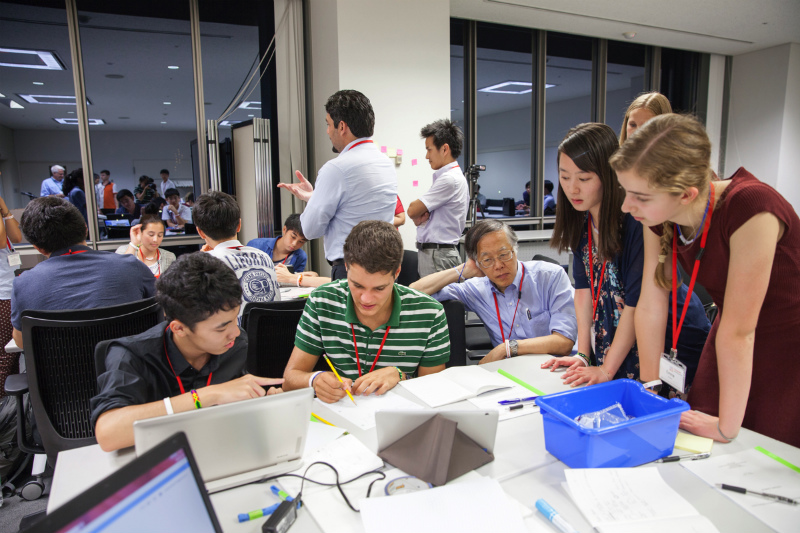
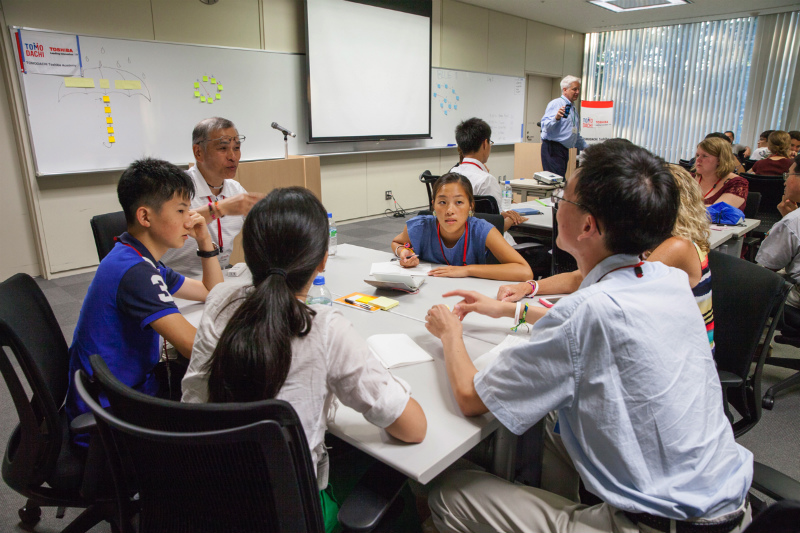
Based on the "engineering design process", each group was given a challenge to build a “Tower” with only a few limited materials such as straws, scotch tape, balloons. The groups worked together and discussed their ideas with support and advice from teachers and teaching assistants.


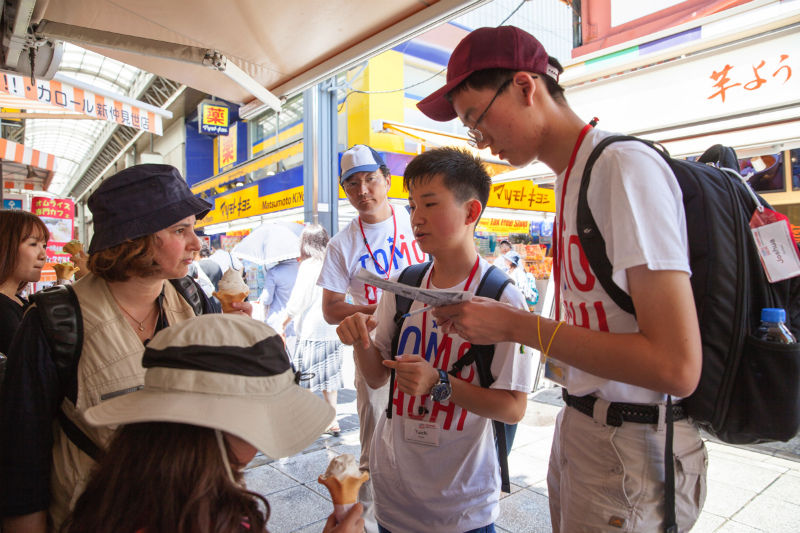
The third day participants were taken to Asakusa by bus after breakfast.
They were asked to collect data by asking simple questions to foreigners and Japanese in Asakusa and filled in the answers received in a prepared sheet. There was no specific way to fill in the sheet. This was also part of the program.

They had lunch which was either bowl of rice topped with chicken and eggs or fried noodles.


After Asakusa , they were take to the “Life safety center” also known as “Honjo Disaster Prevention Museum”.
The participants got to experience disasters and earthquake as well as fire extinguishing, storm and earthquake.

A group photo was taken in front of Honjo Disaster Prevention Museum.

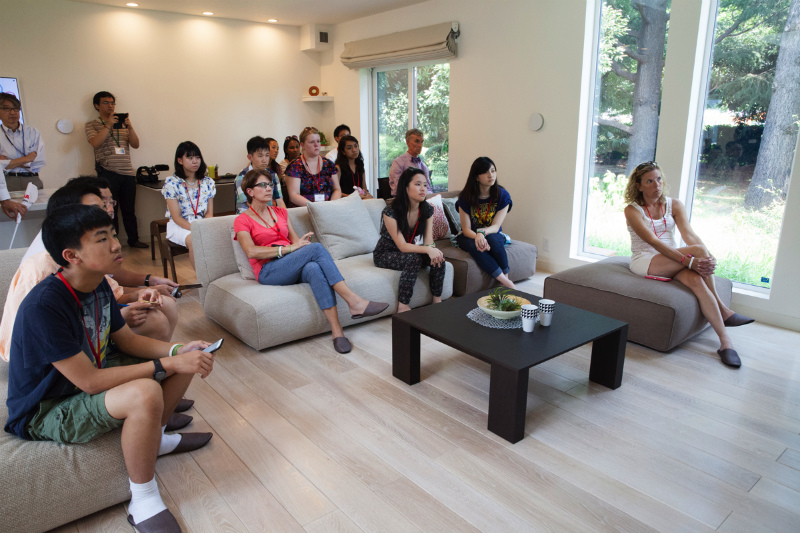
The fourth day began with going to Toshiba Fuchu complex and after that participants were given a tour of Toshiba’s Smart House and experiencing Toshiba’s state-of-the-art technologies.

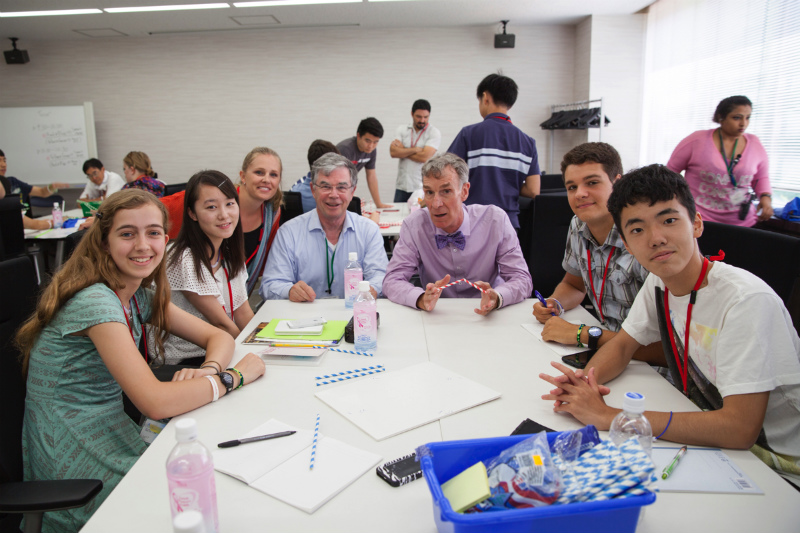
After the tour, participants headed to the conference room to receive a lecture on "Engineering Design Process" by Mr. Bill Nye(the science guy).
In lecture interspersed with American people seems to joke, we received a lecture enjoying also students.
The lecture was insightful and interesting for everyone.
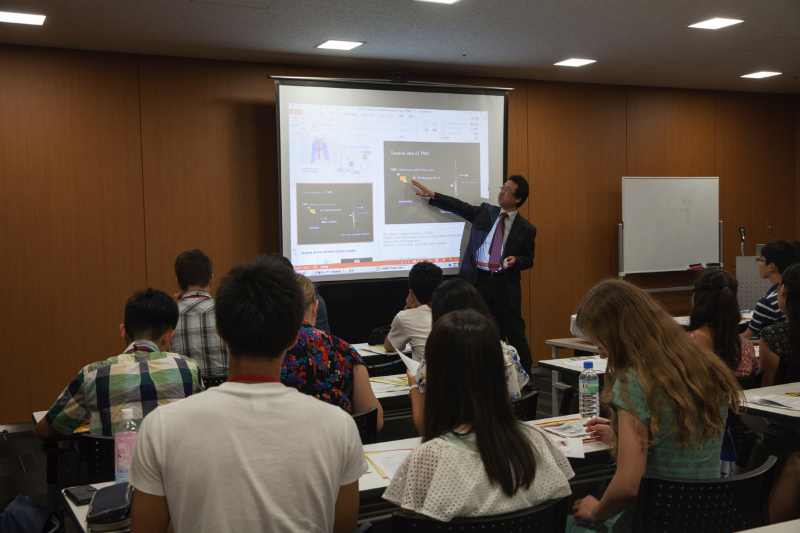
On this day participants also go to visit Tokyo Sky Tree.
They got understand the process and design method of Sky Tree tower. A lecture was conducted on the overall "design" of Sky Tree.
After that, in order to experience the design they went up 350meters by elevator.
They were able to experience Toshiba’s elevators installed in Sky Tree which were strong and moved smoothly and effortlessly.
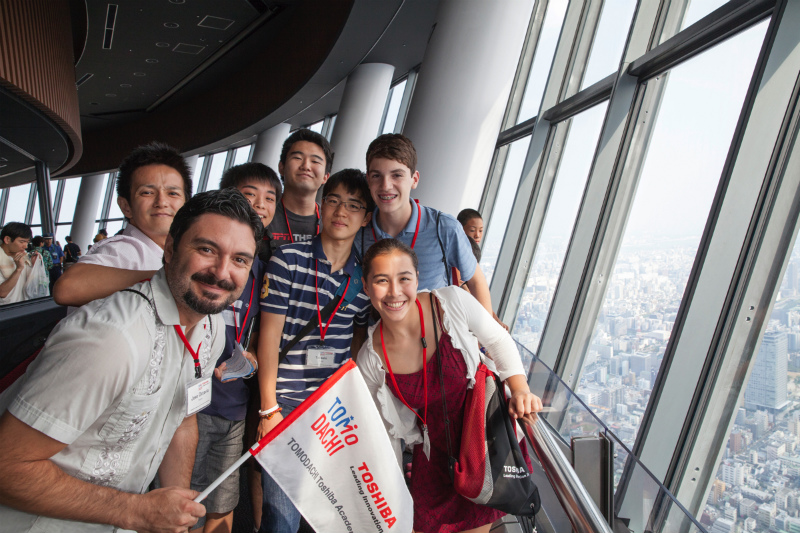
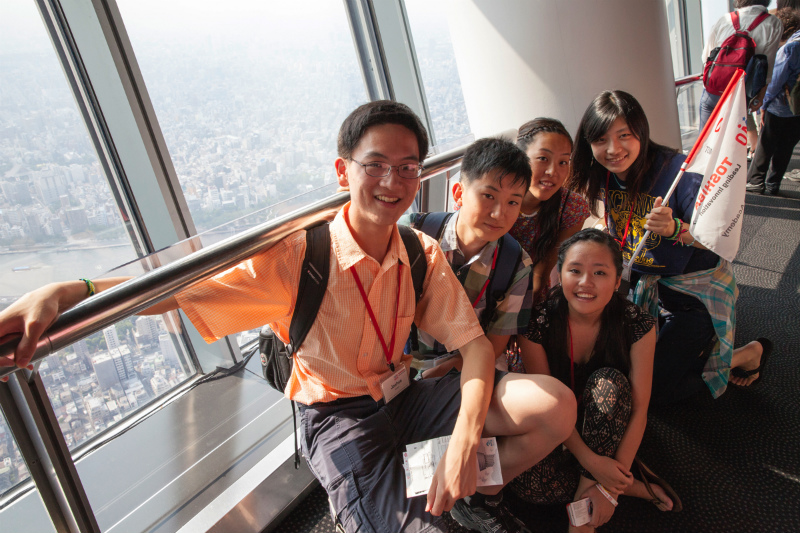
Group Photos were taken at Sky Tree.
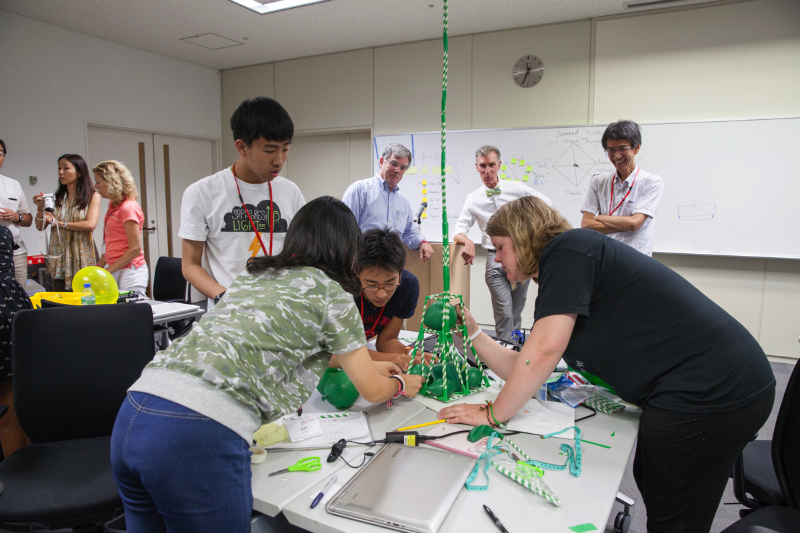

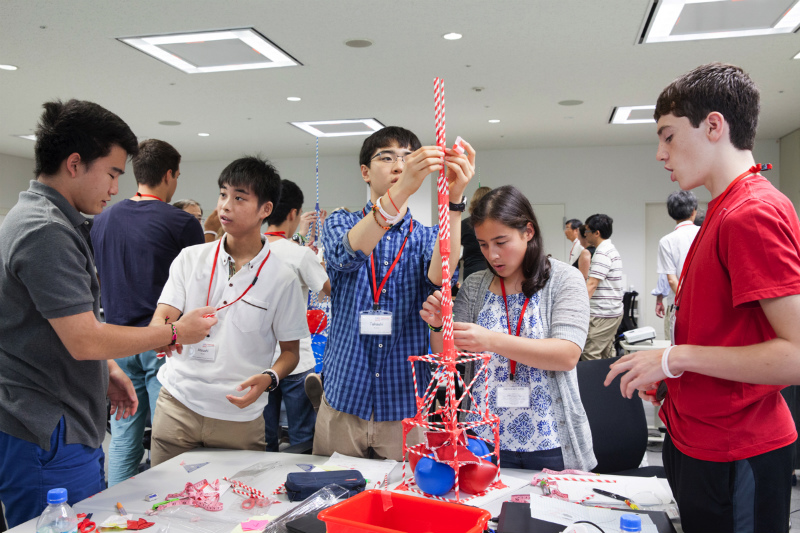



They returned to the Tower building challenge using the knowledge they had received from the previous day and completed their towers. The groups competed for the first place. The towers were then tested and the best tower was selected.
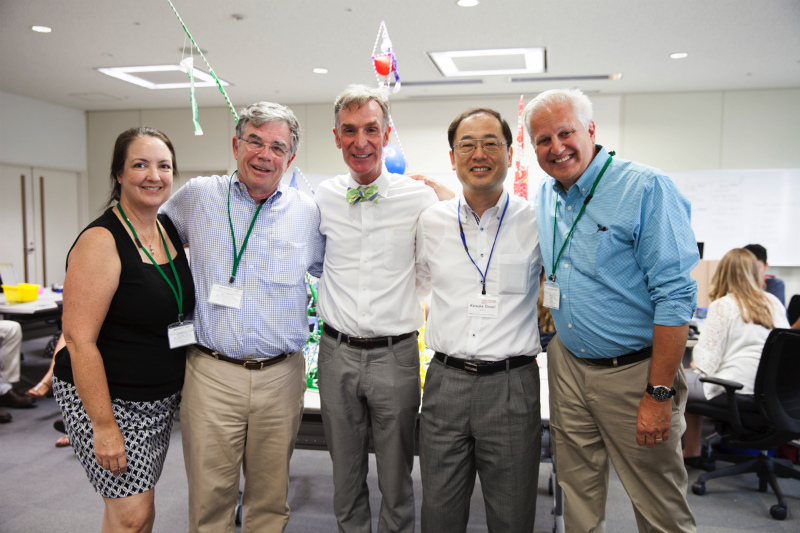
The Judges:
(From left) Helen, David (NSTA), Bill Nye (Planetary Society), Omori san(Toshiba) and Patrick.
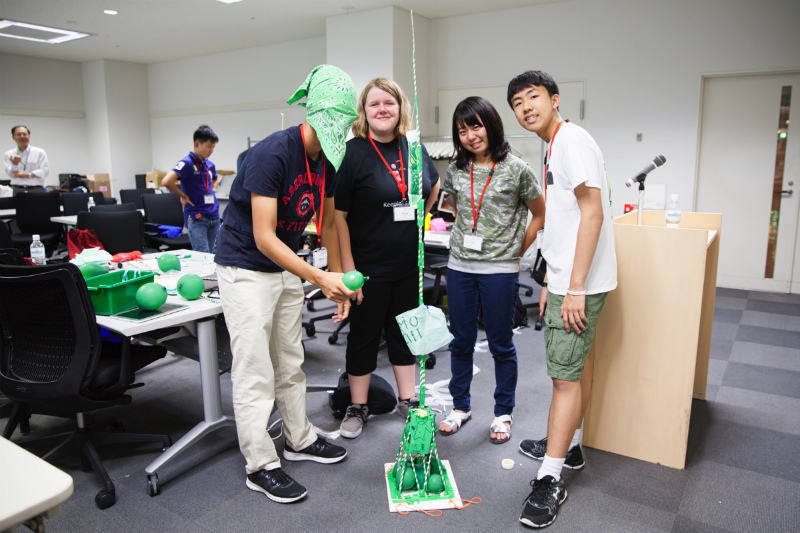
This winners were Team Green! A strong Resilient (supple) to disasters such as typhoons (spray and fan) and the earthquake Tower which was beautifully built.
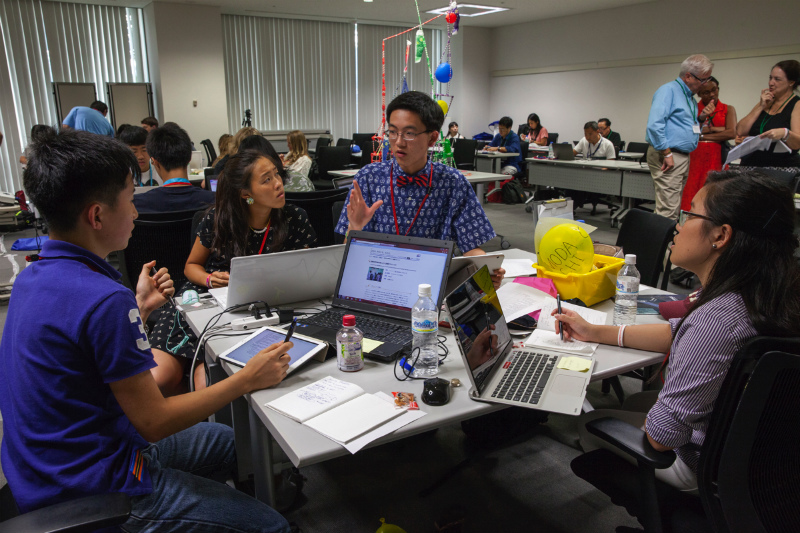

After Dinner, the next program began, "Argue from the Evidence" .
Discussion were held raising evidence to ideas so that it can be explained logically and with examples. In addition, each group decided on a "country" for each team, based on the challenges faced by each country and proposed solutions to these problems. And then discussions were carried out continuously until the last day of the presentation.
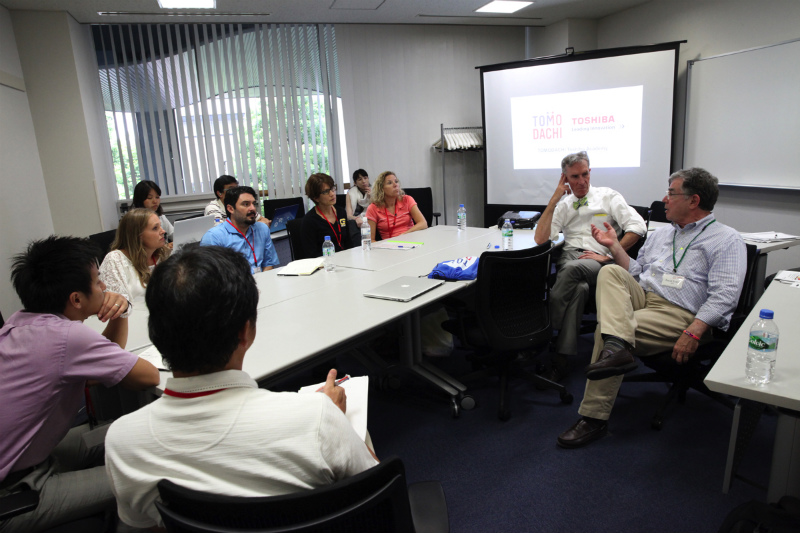
At that time, teachers were moved to another room for the "teachers program".
With David Evans from the NSTA, and Mr. Bill Nye as the hosts, they discussed the challenges they faced in their own schools as well as how they can resolve for the future, this program helped develop opinion exchange and mutual understanding between teachers for the sake of a better future in education from different point of views.
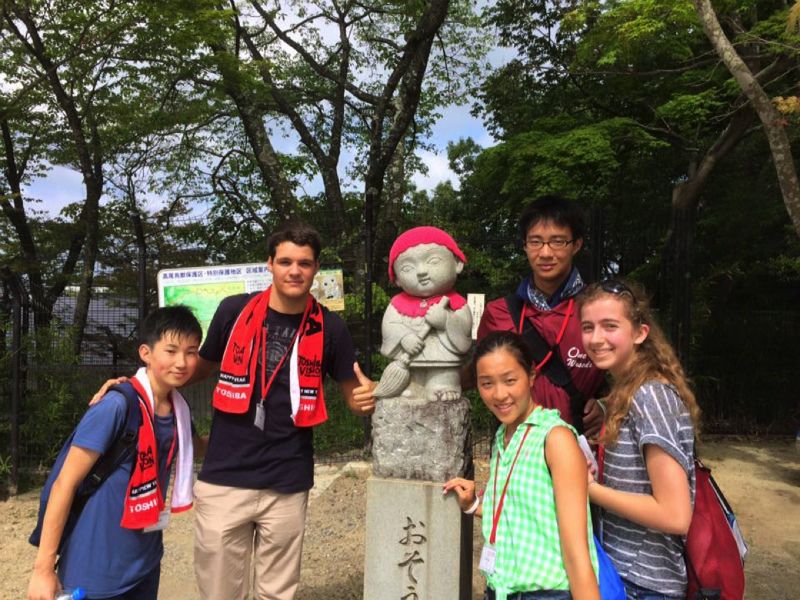



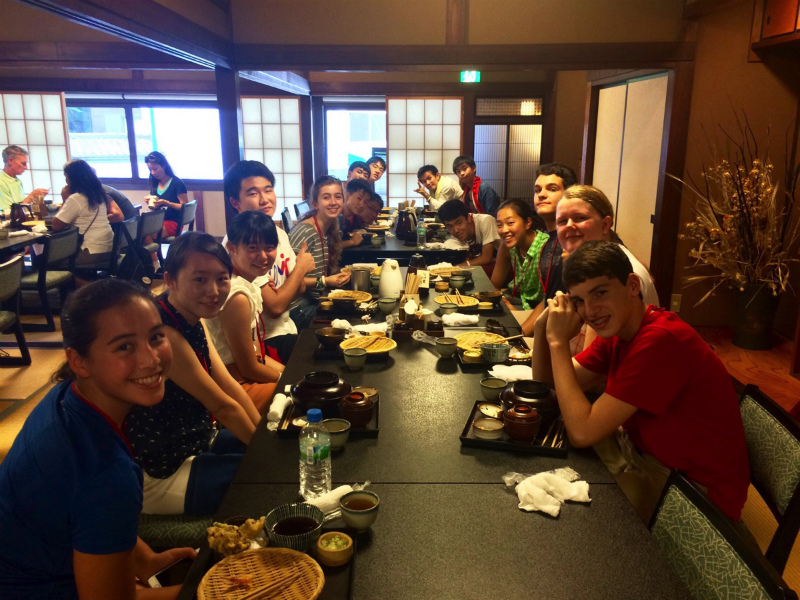
This day was refreshing to change the tides to something more fun, by hiking on Mount Takao.
All participants were determined and climbed to the top of the mountain.
For Lunch we ate Soba.
Patrick was very happy and complimented it as "the most delicious noodles he had ever eaten" (Lol)
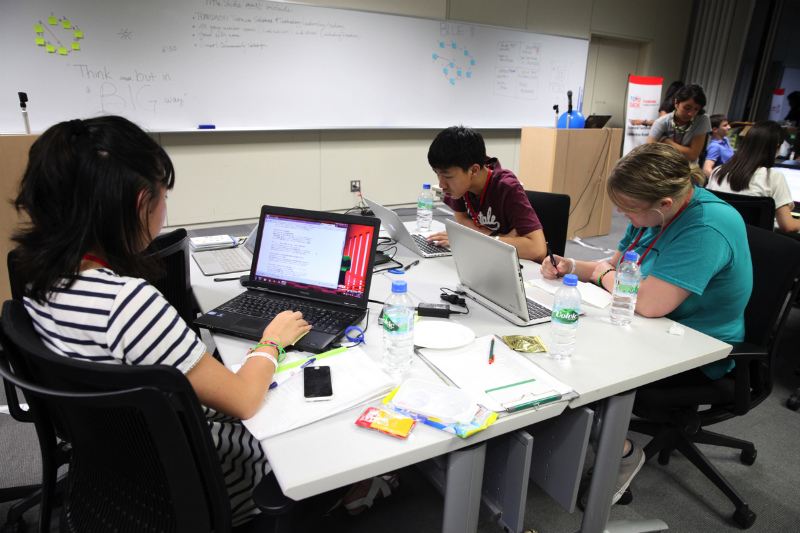
Students then returned to prepare for the next day’s final presentation.
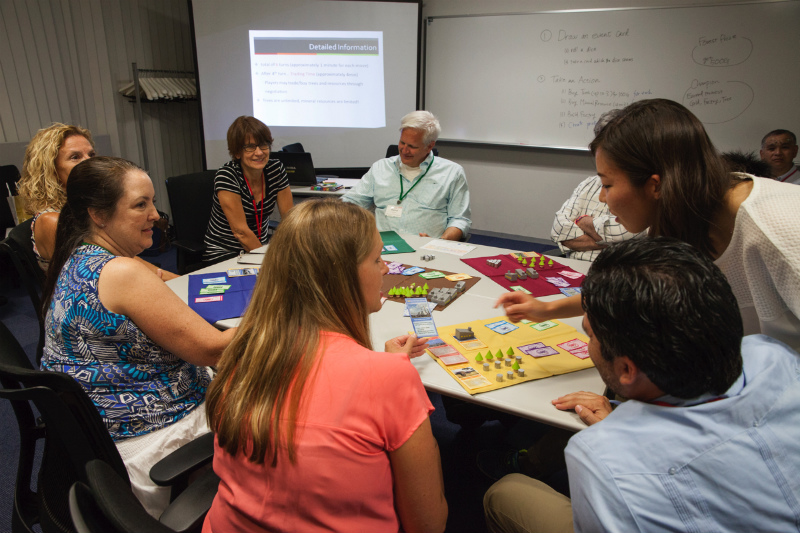

Meanwhile, teachers got to experience the "Logy & Nomy" (https://www.facebook.com/LogyNomy) in a different room. Facilitator Kishi san from Keio University.
It gave them an opportunity to think about the environment and the economy through a board game as an "environmental education tool".
Many opinions were given by teachers. It was quite harmonious.
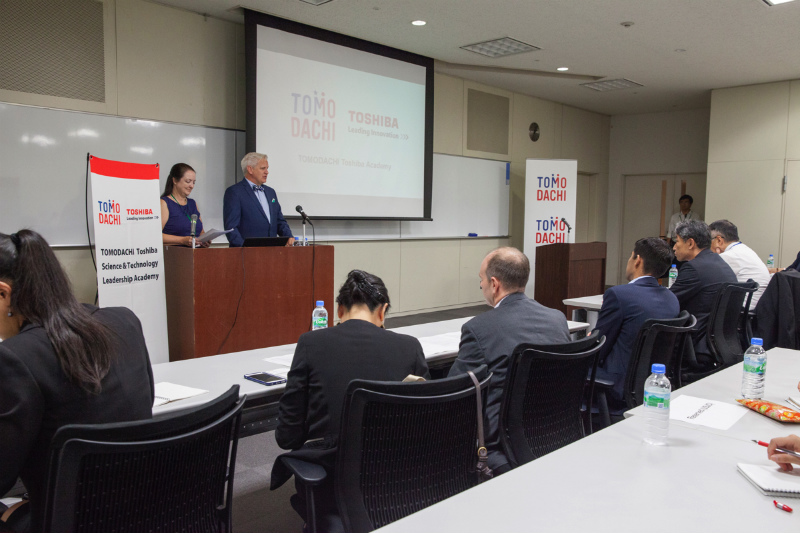
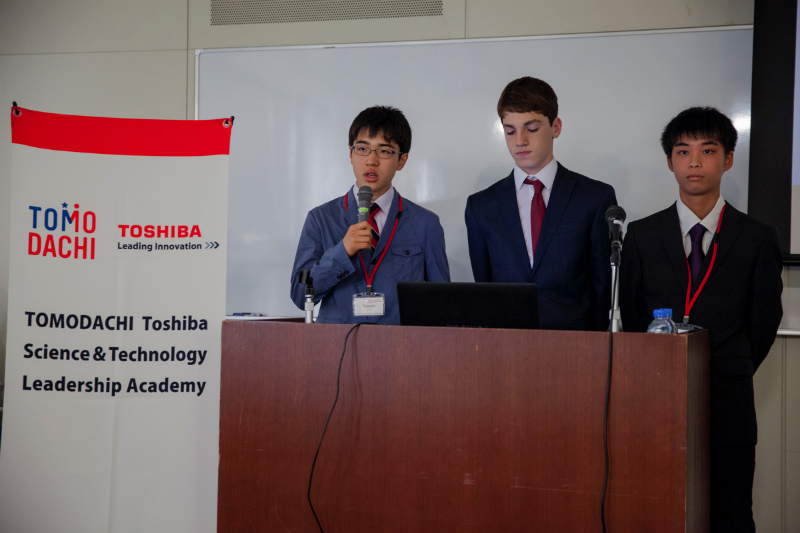
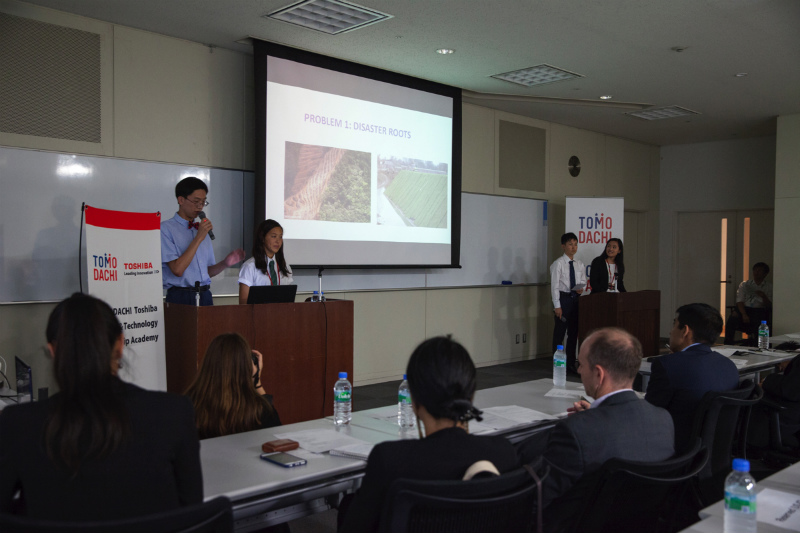

The final presentation (outcome presented).
Students presented the theme of their respective groups to the various guests and audience present. All that they had learnt throughout the program it was quite impressive.
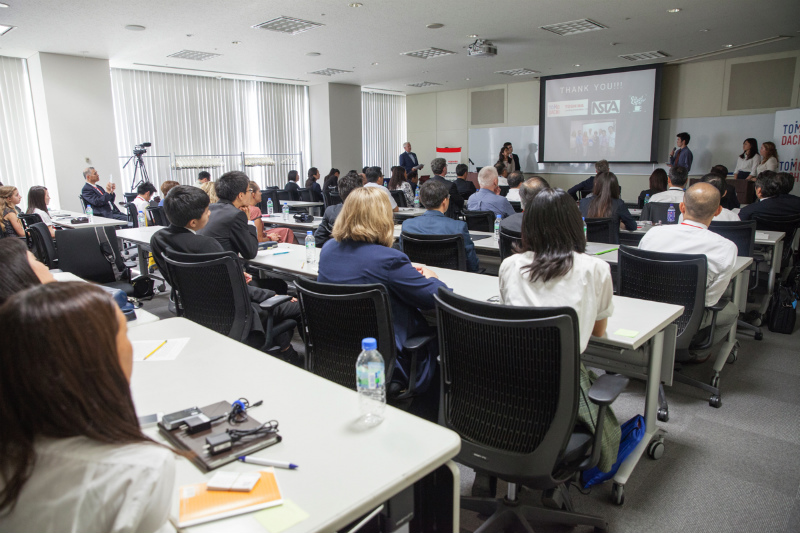
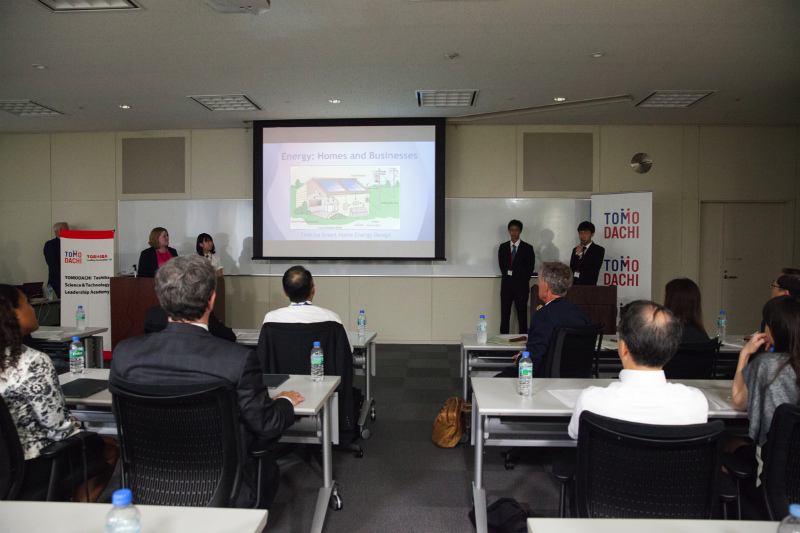
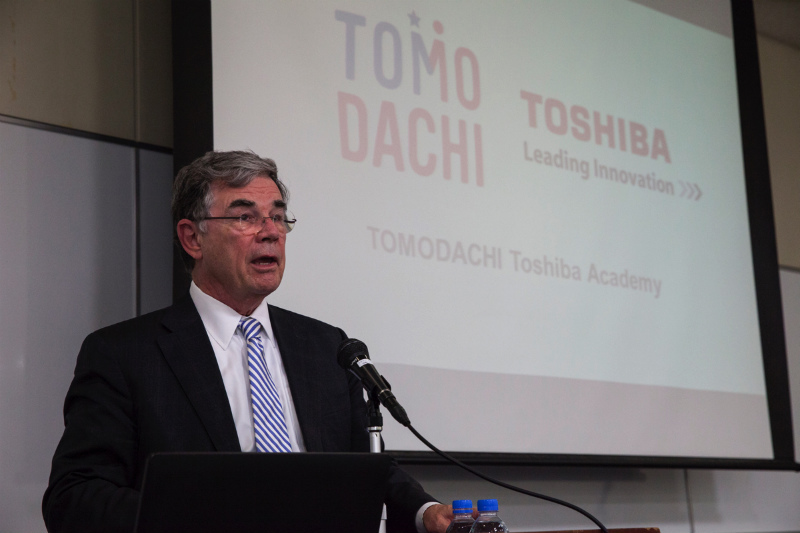
Speech by Mr. David (NSTA)
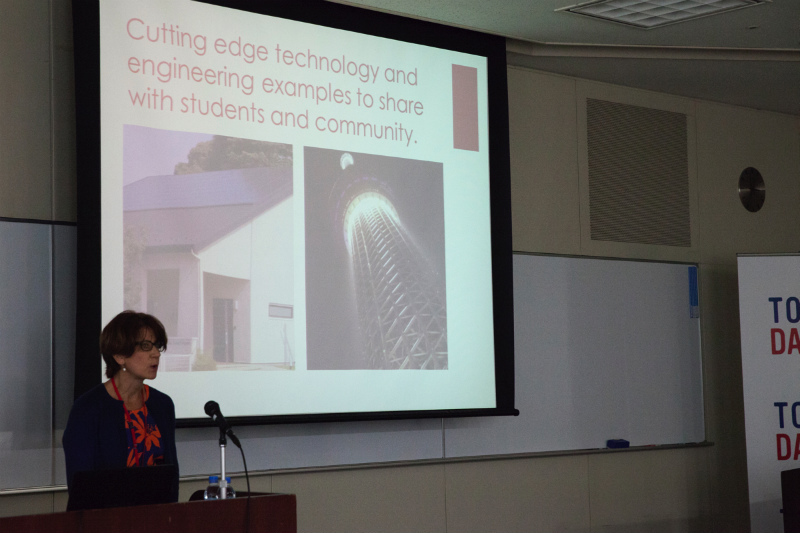
Each teacher also presented their experiences throughout the program.

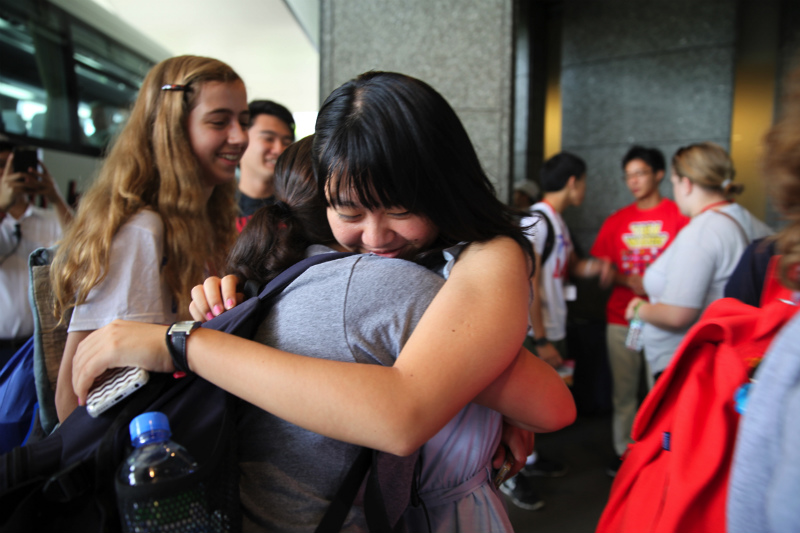
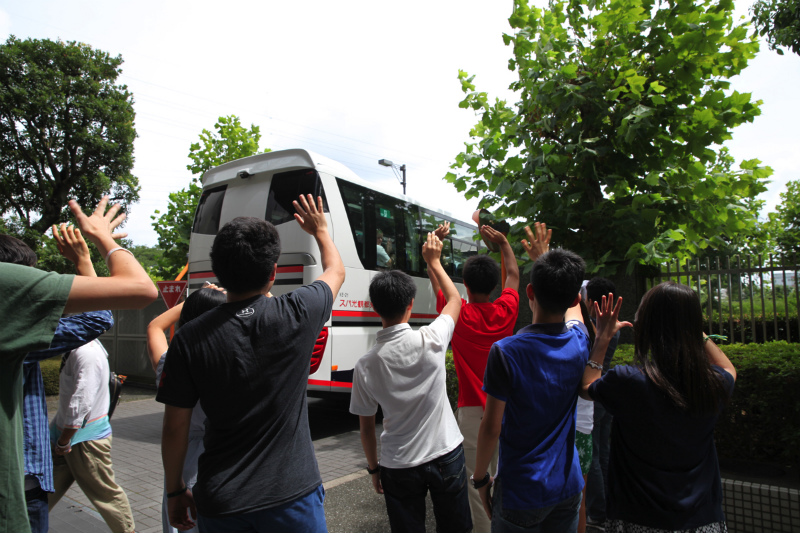
Although it had been a hectic eight days but it felt like time flew. The U.S then headed to the airport by bus, and the Japanese participants were sent off at the facility. Wishing everyone a bright future and success in all endeavors.
Thank you very much and see you soon!